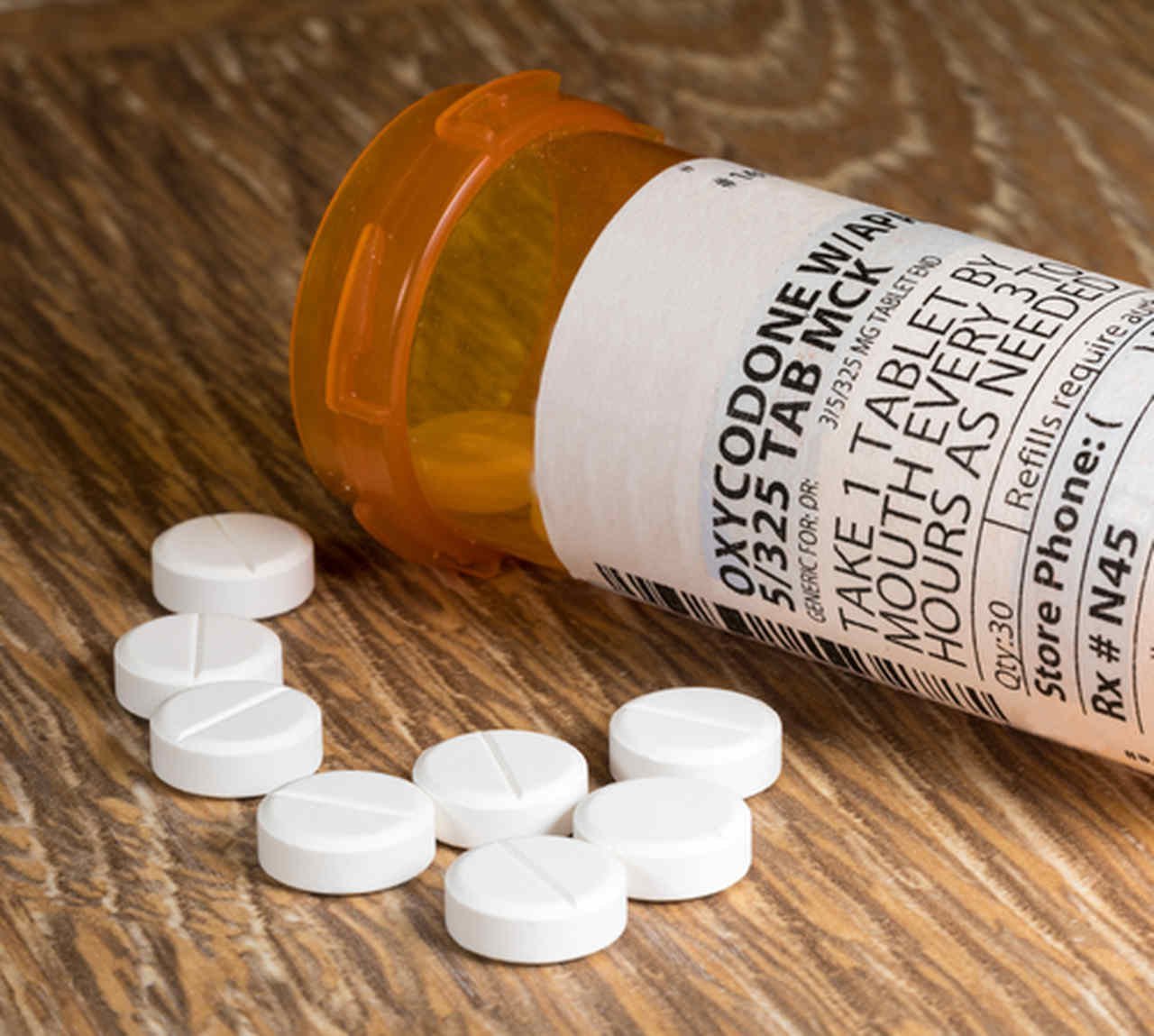Don't have an account?
Register NowYou have to add to cart at least 5 bottles or any program to make checkout.
- BlogWhy A Lethal Cannabis Overdose Isn’t Possible
Why A Lethal Cannabis Overdose Isn’t Possible
Published: March 21st, 2017
Categories:
Cannabis Info
One of the more interesting aspects of the legalization debate so far is how nonlethal marijuana is. To date, there is not a single study proving that users can overdose on marijuana.
The same of course is not true for another drug that cannabis is often compared to by those who wish to still demonize its use. Heroin, which is also used to make opioid painkillers, is notoriously addictive and can cause lethal overdoses relatively easily. The rock star Prince, for example, who died last year, succumbed from an accidental overdose of opioid-based pain killers. His death, however, no matter how tragic, just put a well-known face on a problem, which is still claiming countless lives.

Deaths from opioid overdoses are caused by the way that opioids interact with the human body – in a process called “respiratory depression”. Opioids don’t just suppress pain and increase pleasure – they also depress the “pre-Bötzinger complex”, the place in the brain which controls the fundamental function of respiration. In an opioid overdose, the user first becomes unconscious, and the body literally “forgets” to breathe. Death occurs due to a lack of oxygen.
This is one of the biggest reasons that opioids are considered so dangerous. The other, disturbingly, is that as many as 60% of all fatal opioid overdoses occur in situations where users took doses dictated by prescription.
But why is it virtually impossible to overdose on pot?
MARIJUANA’S TOXICITY IS HARD TO INDUCE
Drugs used in medicine are given a toxicity score or what is also known as an LD-50. This means that 50% of test animals will die from a drug-induced overdose. Scientists have attempted to determine what marijuana’s LD-50 rating is in animals. So far at least, scientists have been unable to give animals enough marijuana to kill them.
What has been extrapolated from such tests however, is that marijuana’s LD-50 is probably between 1:20,000–1:40,000. This means that a marijuana smoker would have to consume between 20-40,000 times more marijuana than is contained in a single joint. If the average marijuana cigarette contains 1 gram of marijuana, this means that a smoker weighing 140 pounds (63 kilograms) would have to consume about 1,500 pounds of marijuana within 15 minutes or about four pounds in a single ingestion.
Clearly, this is not possible from smoking even the most potent marijuana joint.
That said, the discussion about edibles and concentrates has changed the conversation about the ability to overdose on marijuana with harmful consequences. Edibles and concentrates create the possibility for users to ingest much more (and much more concentrated) amounts of THC in a smaller amount of time. Consuming too much marijuana this way can lead to other unpleasant consequences, ranging from extreme paranoia, increased heart rate and nausea to blackouts. For this reason, particularly in markets with commercial edible manufacturing, the issue of labeling has become an increasingly debated topic.

According to the National Cancer Institute, a lethal overdose of marijuana is not possible (certainly not like an opioid overdose) because cannabis receptors (unlike those for opioids) are not located in brainstem areas controlling respiration.
In contrast, THC receptors are found in areas which are responsible for memory, cognition, motor coordination, and movement as well as appetite and the emotions.
THE BRAIN APPEARS TO PROTECT ITSELF FROM THC OVERDOSES
Apart from the failure of scientists to induce overdoses or determine a “toxicity” score for marijuana, there might also be another reason why the body responds to THC the way it does. In a 2014 study published in Science journal, French researchers found that rats exposed to THC showed a dramatic increase in a brain hormone called pregnenolone which seemed to prevent fatal levels of intoxication.
Pregnenolone is considered the inactive precursor of all steroid hormones. Its impact has been largely unstudied. However, the administration of THC increases synthesis of pregnenolone in the brain via the CB1 receptor, which then reduces several of the effects of THC.
WHAT TO DO IF YOU SUFFER ADVERSE AFFECTS FROM MARIJUANA
Some users do experience negative effects from the ingestion of marijuana, a condition known as “greening out”. These symptoms include shortness of breath, vomiting, pupil dilation, fast heart rate, feeling cold and shaking that is hard to control. The phenomenon, if caused by a relatively small amount of cannabis, will pass within a few hours if left unaddressed.
That said, it is also possible to bring yourself down from a high that feels uncomfortable. The first thing to do is hydrate – drink water or juice. Stay away from alcohol as it can increase the blood concentration of THC. You can also try chewing a few black peppercorns. Other tips for bringing yourself back to a more normal state include going for a walk, taking a bath or shower or eating something.
CBD or hemp oil is also known to counteract THC. Put a few drops under your tongue.
However, if these symptoms are severe, medical intervention needs to be obtained to control complications, particularly if the user ingested either a concentrate or edible or black market marijuana has been used. Illegally obtained marijuana can be mixed with other substances, causing the user to suffer from dangerous side effects.









